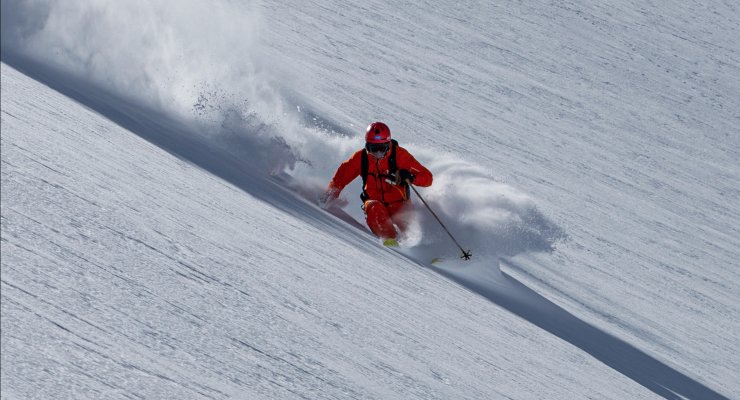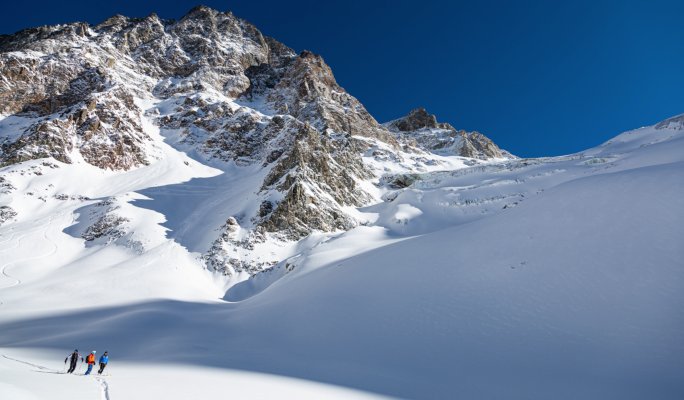Skiing – A Workout For The Whole Body

All photos © @bricelequartier
You might not think that having so much fun on the slopes is actually a total body work-out, and that going skiing is incredibly beneficial for your health and well-being.
We at Elite Ski Travel decided to do some homework to find out just what actually goes on with your mind and body when skiing down some fresh powder.
Muscles and Strength
Firstly, skiing strengthens all the muscles in the legs, including your hamstrings, quadriceps, calf muscles and the gluteal muscles. The squatting posture in skiing is an excellent position for strengthening the hamstrings and the gluteal muscles. The balancing and squatting movements also help to make your core muscles stronger.
Balance and cordination
A strong core helps to improve your posture when skiing and it also helps to prevent back pain. Strong core muscles are important in many activities outside the slopes, too. Any physical exercise or exertion benefits from strong core muscles.
The benefits of skiing, however, extends to all the main muscle groups. Skiing also builds balance and coordination skills in adults and in children.
see also: Elite Ski Travel Adventure List
Core Strength
Keeping the body upright on skis or a snowboard requires some serious balancing skills and focus. It is not easy to stay steady on a slippery slope, while weaving down the trail. By having to constantly stay balanced, it forces those core muscles we mentioned to work hard at engaging. This improves muscle tone in the abdomen.
Weight Loss
The number of calories you burn while skiing while depends entirely on the intensity of your run, how long you spend on the slopes and your own personal body size and shape. However, the Harvard Medical School has compiled a rough guide to what you can expect. Their guide shows that a 60 kilogram skier will burn 360 calories in one hour of activity. The heavier the person, the more calories burned. This translates to a 70 kilogram athlete burning roughly 446 calories in an hour, while a 80 kilogram individual will work off as many as 532 in the same time. While you’re skiing you’re burning.
Improves Flexibility
The very art of balancing and engaging the core and key muscle groups during skiing and snowboarding makes the body more flexible. It also helps to reduce muscle strains and sprains. Snowboarding especially improves flexibility tremendously as it requires the body to change directions frequently and swiftly. Just like any sport, it is recommended that skiers develop a stretching routine both prior to their day on the slopes and after, to reduce chance of injury.
See also: How to get fit for the slopes
Bluebird Days
Last but not least for outdoor enthusiasts, the spectacular natural settings that tend to accompany skiing shouldn’t be discounted. Lots of research suggests that spending time outdoors and in nature is great for your mental and physical health, and a little cold exposure could also speed up the fat-burning benefits, which is great news.



